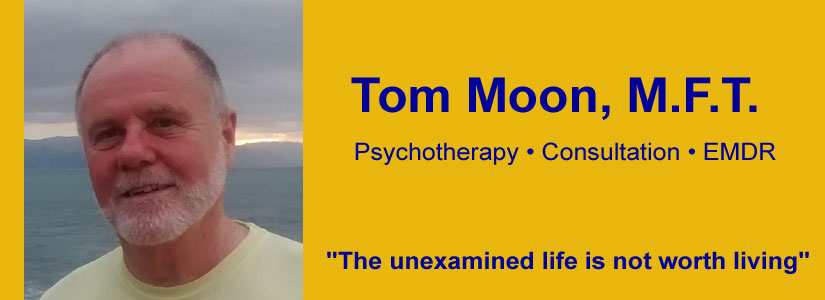The subjects of this and the next column are the nature of anxiety and what we can do to manage it. It’s a big issue. Every year anxiety disorders affect about 40 million Americans, or 18% of the population, and the rest of us are certainly no strangers to it. We’ve all known sleepless nights worrying about money, health, relationships, or the many other uncertainties and dangers in life. The emerging science of neuropsychology is now giving us important insights into why, as a species, we’re so susceptible to fear. Here’s a simple thought experiment. Consider these two mistakes:
- You think there’s a tiger in the bushes, but there isn’t.
2. You think there isn’t a tiger is in the bushes, but in fact there is, and it’s about to pounce.Which of these errors is more dangerous? The answer is obvious, but this thought experiment does a lot to illuminate why there’s so much unnecessary fear in our lives. We evolved to make the first mistake more often than the second one, because in order to survive and pass on our genes, it’s better to make the first mistake a hundred times rather than the second one even once. The cost of the first is needless fear, but the cost of the second can be death.
Evolution, in other words, has built into our nervous systems a tendency to a certain amount of paranoia. One of the ancient brain structures, the amygdala, is the switchboard responsible for assigning a feeling tone to the stimuli flowing through the brain, and directing a response (approach, avoid, move on). It’s neurologically primed to label experiences as frightening and threatening. Once it flags an event as negative, it immediately stores it and compares it to the record of old painful experiences, and if it finds similarities, it signals alarm. But while the brain registers and responds to perceived threats immediately, it takes five to twenty seconds for it even to begin to register positive experiences.
The brain isn’t an organ for dispassionately studying reality: it’s a tool which evolved to anticipate and overcome dangers, protect us from pain, and solve problems: so dangers, pain, and problems are what capture its attention. Neuropsychologist Rick Hanson (www.rickhanson.net) refers to this as “the brain’s negativity bias.” The human nervous system, he writes “scans for, reacts to, stores, and recalls negative information about oneself and one’s world. The brain is like Velcro for negative experiences and Teflon for positive ones.”
The consequence of all of this is that almost all of us routinely overestimate the threats coming at us while underestimating our resources for handling them. The unfortunate results include: unpleasant feelings of apprehension, worry, and anxiety; serious stress-related disorders; an avoidance of risks and a fear of the unfamiliar; less inclination to be patient or generous with others; and an increased tendency to be angry (most aggression is driven by fear).
Of course it’s important to recognize the real “tigers” in our lives and to take appropriate steps to protect ourselves from them. We also need to accept that there is no perfect safety in life. We’re all going to face disease, old age, and death, as well as unsafe conditions in our environments. But if the above analysis has any merit, we’re also dealing with more fear in our lives than is really necessary for survival. Can we do anything about that or are we just biologically fated to live anxious lives?
The pessimistic conclusions of neuropsychology are balanced by the hopeful finding of neuroplasticity, which means that, throughout our lives, how we use the brain actually makes measurable changes in its structure and how it operates. Cognitive therapy techniques, concentration exercises, and self-soothing practices not only can do much to cool down an overly fearful brain, but they can also diminish future susceptibility to unnecessary fear. I’ll describe a couple of these practices next time.
But there is one positive change we can all make immediately, and that is to alter the attitude we take toward our anxiety. Too many of us, when we’re in a fearful state, take it too personally. We think we ought to be able to control it through will power, and when we can’t, our inner critics go into overdrive, judging and blaming us for being “weak” and making us feel ashamed of ourselves. That only makes the situation worse. Anxiety is already a feeling of being alone and threatened in a hostile universe: when we “join the enemy” by attacking and berating ourselves, we only compound those feelings. Brains have been evolving on this planet for about 600 million years. That’s how ancient our threat detection systems are. In the light of that knowledge, how much of our anxiety is “our” fault? How much of it is “ours” at all? When we understand the evolutionary history of anxiety, it makes far more sense to respond to this suffering in ourselves with acceptance, understanding, and patience; and above all, with compassion. If we’re really serious about reducing anxiety, that shift in fundamental attitudes is vitally important.
